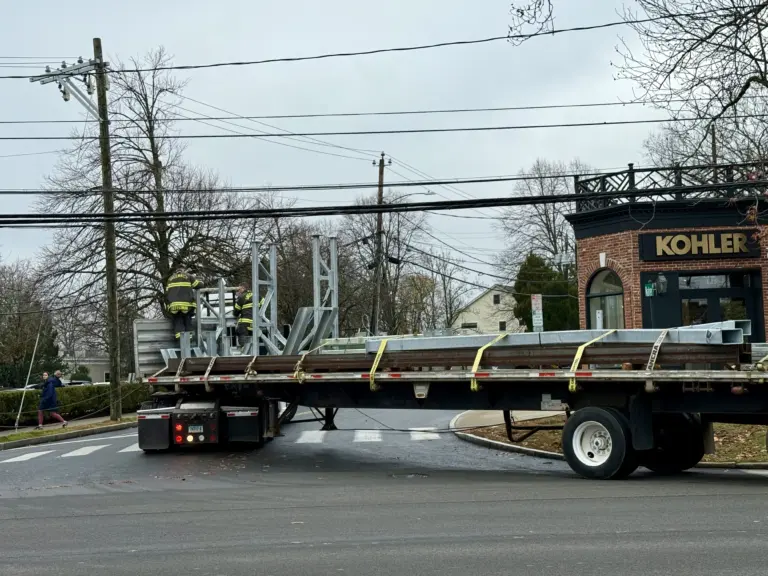By the time campaign season blooms in Greenwich, so too does a familiar weed—plastic signs sprouting from every patch of public green. They tilt and flap in the wind, crowding corners and cluttering curbsides, as if democracy depended on corrugated plastic. But this year, the conversation isn’t about timing. It’s about harm—to the beauty of our town and, quite literally, to our line of sight.
First Selectman Fred Camillo’s pledge not to place campaign signs on public property is more than an act of restraint; it is a small but meaningful gesture of civic decency. “Respecting the natural environment and character of our Town,” Camillo said, “needs more than lip service—it needs action.” He’s right. Lawn signs are not harmless décor. In places like North Street, where traffic crests a hill and merges at speed, these signs can obscure a driver’s view at the very instant judgment and visibility matter most.
It’s not hyperbole—it’s hazard. Anyone who has tried turning left from a side street or school driveway in these spots knows that even a brief obstruction can mean the difference between safety and calamity. Public green space along our busiest corridors exists to buffer chaos, not decorate it. To fill those sightlines with campaign clutter is not free expression—it’s reckless expression.
There’s another form of harm, quieter but no less real: environmental degradation. The same signs that now stand like banners of political pride will, within weeks, become refuse. They end up tossed— into the dump or recycling bins if they are removed at all. Often they are just left on public property long after election day is over. The irony is exquisite and sad: in the name of civic participation, we mar the civic commons.
Political operatives may argue that signs are symbols of enthusiasm, of grassroots energy. Yet what kind of enthusiasm asks nothing of its adherents except a few minutes with a hammer and a strip of public grass? True political support, as Camillo pointed out, resides on private lawns— where a homeowner’s permission, not a public right-of-way, signals belief.
Campaigns are, by nature, noisy things. They are meant to stir debate, to prod the conscience. But there is a line between persuasion and pollution. The use of public property—those corners, medians, and greens painstakingly maintained by town workers and taxpayers alike—crosses that line. It transforms shared space into partisan battleground.
And perhaps, more subtly, it diminishes the very civility campaigns should seek to inspire. Greenwich’s civic beauty—its clipped verges, tree-shaded bends, and open greens—is not mere ornamentation; it is the visual grammar of community itself, especially now, when autumn gilds every leaf and our natural vistas should take our breath away. It speaks to how we live together—and to the kind of care, genuine rather than performative, that we extend toward the places we share.
When we scatter signs across those spaces, we speak another language entirely—the language of intrusion and impatience. It suggests we’ve mistaken visibility for vision.
So let us be guided, this election season, not by who can shout loudest from a traffic circle but by who can lead with quiet respect—for the environment, for public safety, and for the shared beauty of our common ground.
A Greenwich uncluttered by political signage is not less democratic. It is more dignified.




